Welcome to Vietnam, a captivating and alluring destination that promises to take your breath away. This guide is tailored specifically for Indian travelers, offering a deep dive into the enchanting gems this beautiful country has to offer. From the bustling streets of Hanoi to the serene landscapes of Halong Bay, Vietnam is a treasure trove of cultural wonders and natural beauty.
Immerse yourself in the vibrant traditions and history of Vietnam as you explore ancient temples, indulge in mouthwatering street food, and navigate the bustling markets. Discover the charm of Hoi An, a UNESCO World Heritage Site, renowned for its well-preserved architecture and captivating Old Town. Unwind on the pristine beaches of Nha Trang, soak in the traditional Vietnamese water puppetry performances, or embark on a culinary adventure through the local markets and restaurants.
This guide will not only provide you with essential travel tips, but it will also shed light on the unique experiences that await you in Vietnam. Get ready to embark on an unforgettable journey as we unveil the enchanting gems of Vietnam to Indian travelers.
Why Vietnam is an enchanting destination for Indian travelers
Vietnam stands as a mesmerizing destination that offers a unique blend of rich history, vibrant culture, and breathtaking landscapes. For Indian travelers, the allure of Vietnam lies in its ability to provide an experience that is both exotic and familiar. The country is known for its warm hospitality, making it easy for Indian tourists to feel at home. The similarities in the cultural tapestry, such as the emphasis on family values and a love for festivals, create a bond that transcends geographical boundaries. This cultural affinity often encourages Indian travelers to explore deeper and connect with the local populace.
Another aspect that makes Vietnam enchanting is its diverse geography. From the lush rice terraces of Sapa in the north to the sandy beaches of Phu Quoc in the south, Vietnam offers an array of stunning landscapes that appeal to various tastes. Adventure enthusiasts can indulge in trekking, mountain climbing, and kayaking, while those seeking relaxation can bask in the sun on pristine beaches. Each region boasts its own unique charm, making every visit a new and refreshing experience for Indian travelers. The scenic beauty, coupled with a plethora of activities, ensures that there is something for everyone.

Food is another compelling reason why Vietnam captivates Indian travelers. The culinary landscape is a delightful fusion of flavors, aromas, and textures that are sure to tantalize the taste buds. Popular dishes like Pho, Banh Mi, and fresh spring rolls present a fresh take on familiar ingredients, often featuring fragrant herbs and spices that are reminiscent of Indian cuisine. This gastronomic adventure encourages travelers to explore local markets, street food stalls, and restaurants, allowing them to immerse themselves in the vibrant food culture of Vietnam while enjoying both novelty and nostalgia.
Top attractions in Vietnam for Indian travelers
When it comes to exploring Vietnam, there is no shortage of incredible attractions that cater to the diverse interests of Indian travelers. One of the must-visit destinations is Halong Bay, a UNESCO World Heritage Site famous for its emerald waters and thousands of limestone islands topped with rainforests. A cruise through the bay provides an opportunity to witness stunning rock formations and indulge in activities like kayaking and swimming. The breathtaking views at sunrise and sunset make it a perfect spot for photography, offering a slice of nature’s splendor that travelers will cherish forever.

Another gem is the ancient city of Hoi An, renowned for its well-preserved architecture and vibrant lantern-lit streets. The charm of Hoi An lies in its ability to transport visitors back in time, with influences from various cultures visible in its historic buildings. Indian travelers can stroll through the Old Town, visit the iconic Japanese Covered Bridge, and enjoy a leisurely boat ride along the Thu Bon River. The town also offers cooking classes where travelers can learn to prepare traditional Vietnamese dishes, creating memorable experiences that extend beyond sightseeing.
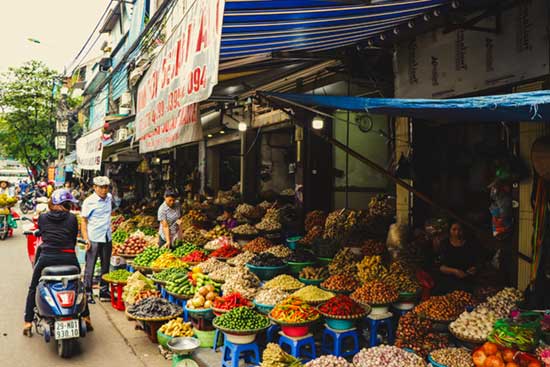
In the bustling capital of Hanoi, travelers can explore the rich history and culture through sites like the Ho Chi Minh Mausoleum and the Temple of Literature. The city’s vibrant street life, complete with bustling markets and lively street food stalls, offers a sensory overload that invites exploration. Indian tourists can also take part in a traditional water puppet show, a unique Vietnamese art form that combines music, storytelling, and puppetry to depict rural life. Each attraction tells a story, ensuring that Indian travelers leave with a deeper understanding and appreciation of Vietnam’s diverse heritage.
Best time to visit Vietnam
Choosing the right time to visit Vietnam is crucial for an enjoyable experience, as the climate varies significantly from north to south. Generally, the best time to explore the northern regions, including Hanoi and Sapa, is from September to November and March to May. During these months, the weather is relatively mild and dry, making it ideal for trekking and sightseeing. The autumn months bring stunning landscapes painted in shades of gold and orange, particularly in Sapa, while spring showcases blooming flowers and lush greenery.
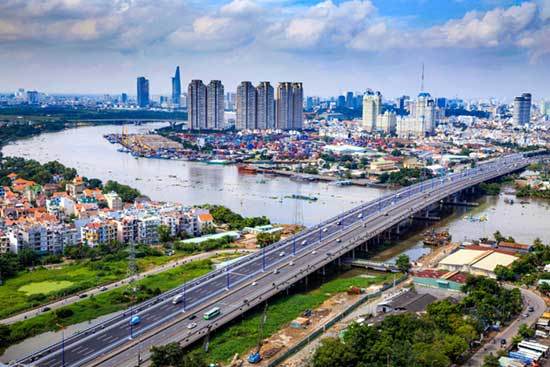
In contrast, the southern regions, such as Ho Chi Minh City and the Mekong Delta, are best visited between December and April. This period marks the dry season, characterized by warm temperatures and plenty of sunshine, perfect for beach outings and river cruises. Indian travelers can explore the vibrant streets of Ho Chi Minh City, visit the Cu Chi Tunnels, and take part in excursions along the Mekong River without worrying about heavy rainfall or humidity.
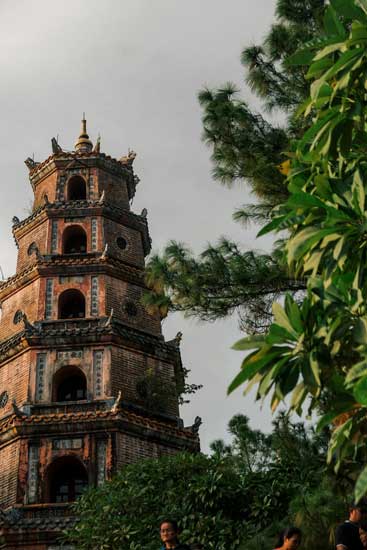
The central part of Vietnam, including Hoi An and Hue, experiences a mix of weather patterns. The ideal time to visit this region is during the dry months from February to April. However, travelers should be mindful of the rainy season from September to January, which can sometimes lead to flooding in certain areas. By planning their trip according to the climate, Indian travelers can fully enjoy the diverse offerings of Vietnam across its various regions, maximizing their adventure in this enchanting country.
Visa requirements for Indian travelers visiting Vietnam
For Indian travelers planning a trip to Vietnam, it is essential to be aware of the visa requirements to ensure a smooth entry into the country. As of now, Indian passport holders need to obtain a visa before arriving in Vietnam. This can be done through the Vietnamese embassy or consulate in India, or by applying for an e-visa online. The e-visa option is particularly convenient, allowing travelers to complete the application process from the comfort of their homes. It is valid for 30 days and is single-entry, making it suitable for short trips.
The application process for an e-visa is straightforward, requiring travelers to fill out an online form, upload a passport-sized photo, and make the necessary payment. Once approved, the e-visa will be sent via email, which must be printed and presented upon arrival in Vietnam. It is advisable to apply for the visa well in advance to avoid any last-minute complications. Additionally, travelers should ensure that their passport is valid for at least six months from the date of entry into Vietnam, along with having sufficient blank pages for entry and exit stamps.
Upon arrival, Indian travelers must also be prepared to present certain documents, such as proof of accommodation and a return ticket. These requirements can vary, so it’s wise to check the latest regulations before departure. Being well-informed about visa requirements will ensure that Indian travelers can focus on enjoying the enchanting experiences that Vietnam has to offer without any unnecessary hassles.
Travel tips for Indian travelers in Vietnam
As Indian travelers embark on their journey to Vietnam, there are several travel tips that can enhance their experience and ensure a smooth adventure. Firstly, it is essential to familiarize oneself with the local currency, the Vietnamese Dong (VND). While credit cards are accepted in many places, cash is still the preferred payment method in markets and smaller establishments. It is advisable to carry small denominations for convenience. Additionally, travelers can exchange currency at banks or authorized exchange counters for better rates.
Navigating Vietnam’s transport system can be an adventure in itself. While there are various options such as taxis, buses, and motorbike rentals, using ride-hailing apps like Grab can offer a more convenient and reliable means of transportation. Bargaining is common in local markets, and Indian travelers should be prepared to engage in friendly negotiations to secure the best prices. Understanding a few basic Vietnamese phrases can also go a long way in enhancing interactions with locals, who often appreciate any effort made to communicate in their language.
Another important tip is to stay hydrated and be cautious with street food, which is a highlight of Vietnamese cuisine. Indian travelers should choose busy stalls with a high turnover of customers, as these are more likely to serve fresh and hygienic food. While exploring markets and cities, it is advisable to keep personal belongings secure and be mindful of pickpockets in crowded areas. By adhering to these travel tips, Indian tourists can enjoy a hassle-free and enriching experience in the enchanting landscapes of Vietnam.
Cultural etiquette and customs in Vietnam
Understanding and respecting local customs plays a significant role in enhancing the travel experience in Vietnam, particularly for Indian travelers. One of the most important cultural practices is the way people greet each other. A simple nod or bow is often preferred over a handshake, especially in more traditional settings. When visiting temples or pagodas, it is customary to dress modestly, covering shoulders and knees, to show respect. Shoes should always be removed before entering homes or sacred places, and it is advisable to follow the lead of local hosts in these situations.
Dining etiquette is another essential aspect of Vietnamese culture that Indian travelers should be aware of. Meals are often communal, with dishes placed in the center of the table for sharing. It is polite to wait for the host to begin eating before starting your meal. Using chopsticks correctly is also crucial—avoid sticking them upright in a bowl of rice, as this resembles a funeral ritual. Instead, place them on the table when not in use. Indian travelers should also be cautious about discussing sensitive topics such as politics or history, as these can lead to uncomfortable conversations.
Additionally, showing appreciation for local traditions is highly valued. Participating in festivals or local events, learning a few words of Vietnamese, and engaging in conversations with locals can foster goodwill and create lasting memories. It is also customary to offer small gifts when invited to someone’s home, such as fruit or sweets, as a gesture of gratitude. By respecting these cultural nuances, Indian travelers can build meaningful connections and enjoy a richer experience during their time in Vietnam.
Popular Vietnamese cuisine for Indian travelers to try
Vietnamese cuisine is a vibrant tapestry of flavors and textures that is sure to excite the palate of Indian travelers. One of the most iconic dishes to try is Pho, a fragrant noodle soup typically made with beef or chicken, infused with aromatic herbs and spices. The dish is often served with fresh basil, lime, and chili, allowing diners to customize their experience to their taste. For Indian travelers, the combination of herbs in Pho may resonate with familiar flavors, making it a delightful introduction to Vietnamese cuisine.
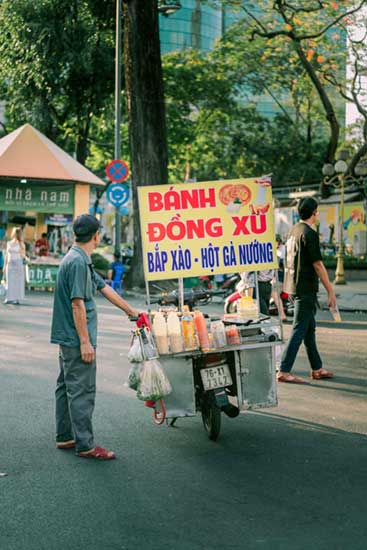
Another must-try dish is Banh Mi, a delicious Vietnamese sandwich that showcases the fusion of French and Vietnamese culinary traditions. Stuffed with a variety of fillings such as grilled meats, pickled vegetables, and chili sauce, Banh Mi is a perfect on-the-go meal. The crispy baguette combined with fresh ingredients creates a delightful crunch and burst of flavor. Indian travelers will appreciate the versatility of this dish, which can be tailored to suit individual tastes, including vegetarian options.
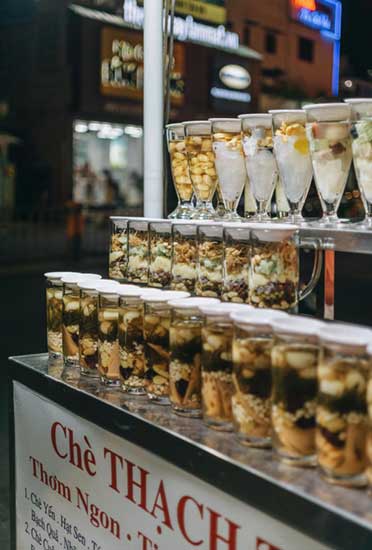
For those with a sweet tooth, exploring traditional desserts is a delightful experience. Che, a popular Vietnamese dessert, consists of sweet soups or puddings made from a variety of ingredients including mung beans, coconut milk, and tropical fruits. It is typically served chilled and offers a refreshing treat, especially after a spicy meal. Indian travelers can also indulge in coconut ice cream or fresh fruit, which are commonly found at street stalls. By sampling these dishes, Indian tourists can embark on a culinary journey that reveals the richness of Vietnam’s diverse food culture.
Safety precautions and health tips for Indian travelers in Vietnam
When traveling to Vietnam, ensuring personal safety and health is paramount for Indian travelers. Firstly, it is advisable to have comprehensive travel insurance that covers medical emergencies, trip cancellations, and theft. Familiarizing oneself with local emergency numbers, such as the police and medical services, can also be helpful in case of unforeseen situations. Indian travelers should exercise caution when exploring crowded areas, keeping valuables secure and being mindful of pickpockets.
Health-wise, it is essential to stay hydrated, especially in the warmer months. Drinking bottled water is recommended, as tap water may not be safe for consumption. Additionally, travelers should be mindful of food hygiene, particularly when trying street food. Opting for vendors with high customer turnover can help minimize the risk of foodborne illnesses. It is also wise to carry a basic first-aid kit, including medications for common ailments like headaches, stomach upsets, and allergies.
Finally, vaccination against certain diseases may be advisable before traveling to Vietnam. Consulting with a healthcare professional regarding recommended vaccinations, such as Hepatitis A, Typhoid, and Tetanus, can provide peace of mind. Being proactive about health and safety ensures that Indian travelers can fully immerse themselves in the enchanting experiences Vietnam has to offer, making their journey both enjoyable and worry-free.
Conclusion and final thoughts
In conclusion, Vietnam emerges as a captivating destination that holds a wealth of experiences for Indian travelers. From its enchanting landscapes to its rich cultural heritage, every corner of this beautiful country tells a story waiting to be explored. The seamless blend of tradition and modernity creates an atmosphere that intrigues and invites visitors to delve deeper into its multifaceted identity. Whether it’s wandering through the ancient streets of Hoi An, savoring delectable street food, or cruising through the emerald waters of Halong Bay, each moment in Vietnam is filled with wonder.
As Indian travelers embark on this journey, it is important to remain open to new experiences and embrace the cultural nuances that make Vietnam unique. The warmth and hospitality of the Vietnamese people enhance the travel experience, creating connections that transcend language and nationality. By respecting local customs, exploring the diverse culinary landscape, and adhering to safety tips, Indian tourists can ensure a memorable and enriching adventure.
Vietnam is not just a destination; it is an experience that leaves an indelible mark on the hearts of those who visit. As you plan your trip, remember to take your time, savor the moments, and immerse yourself in the enchanting gems that await you in this beautiful country. Whether it’s your first visit or a return journey, Vietnam promises to captivate your senses and offer memories that will last a lifetime.

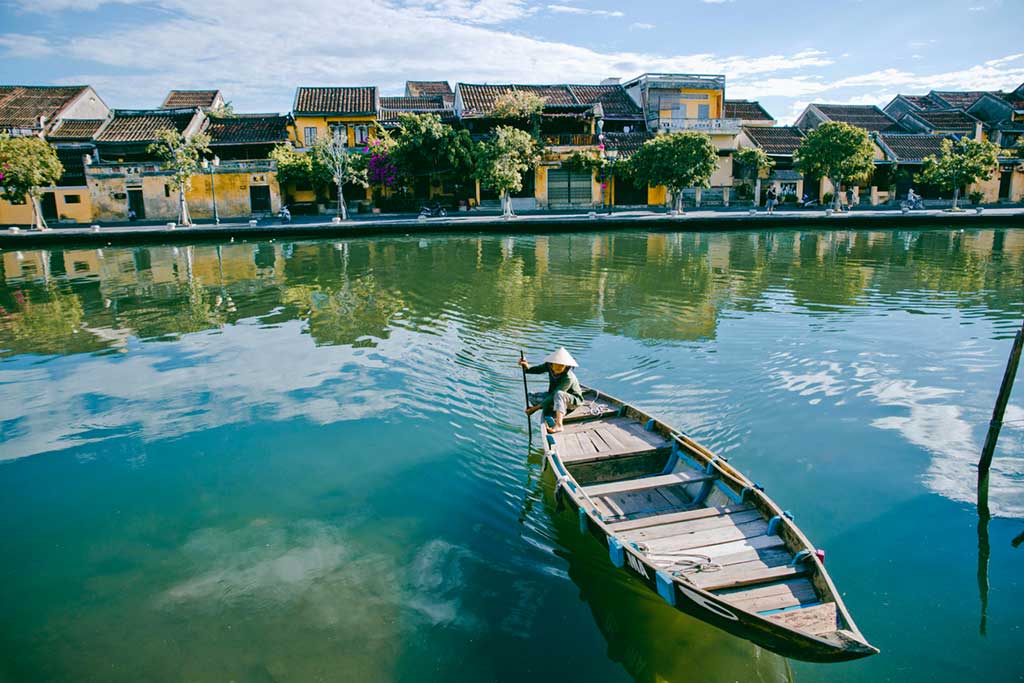
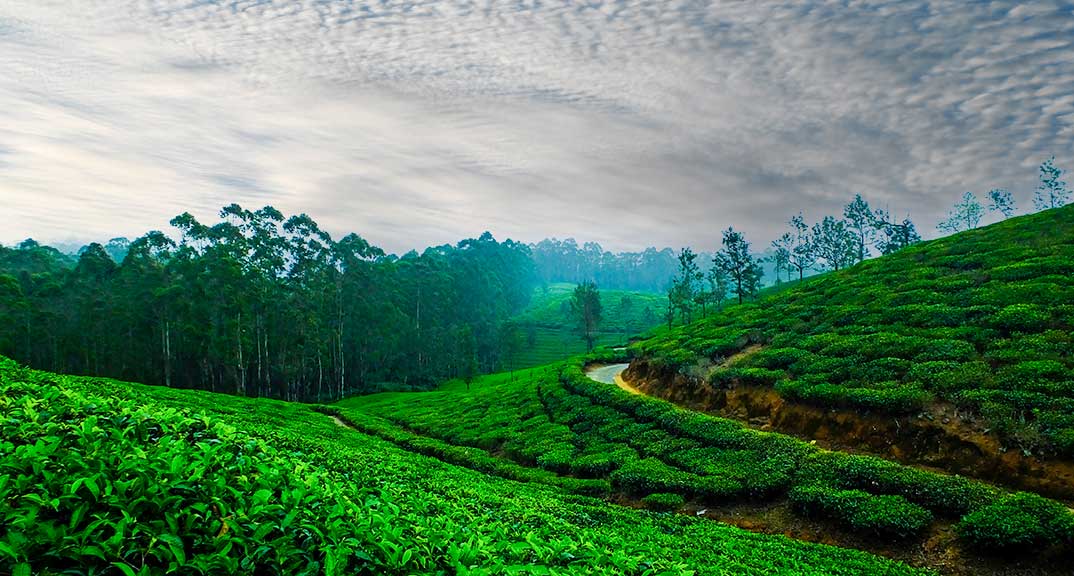
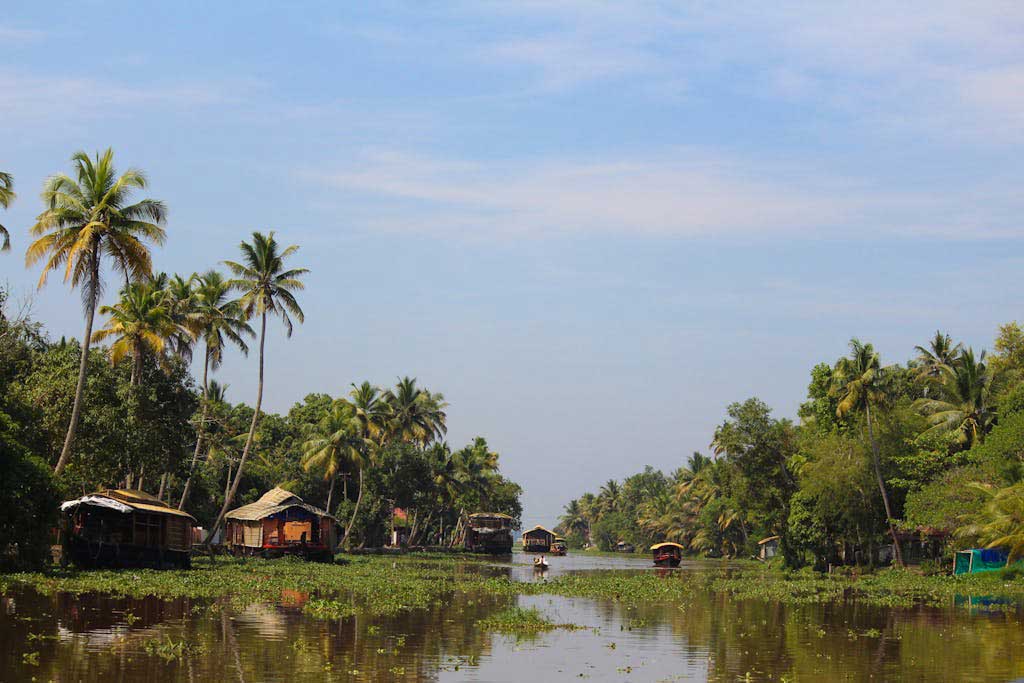
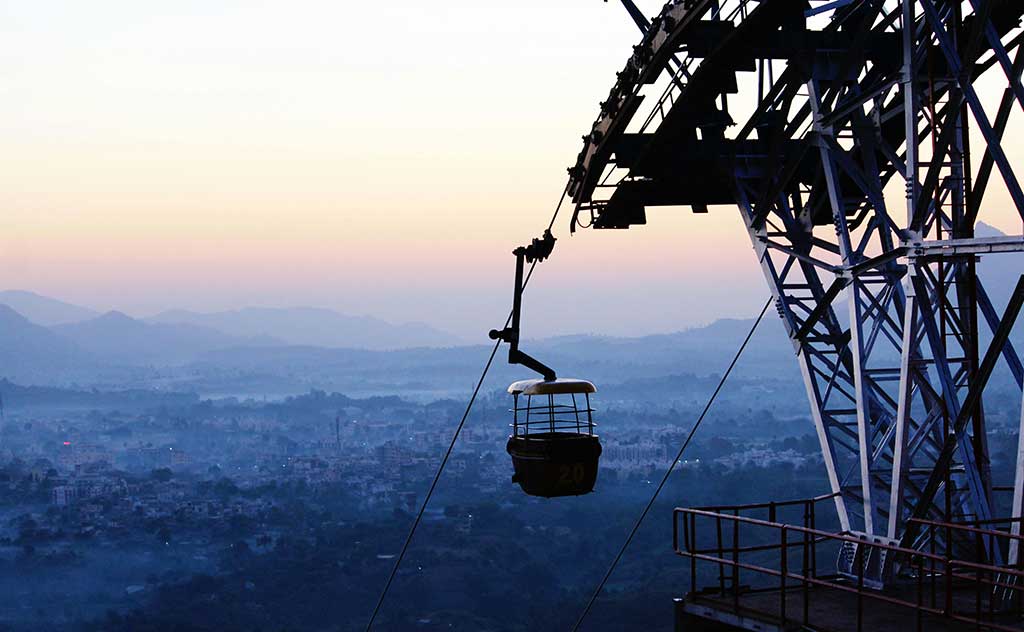
0 Comments